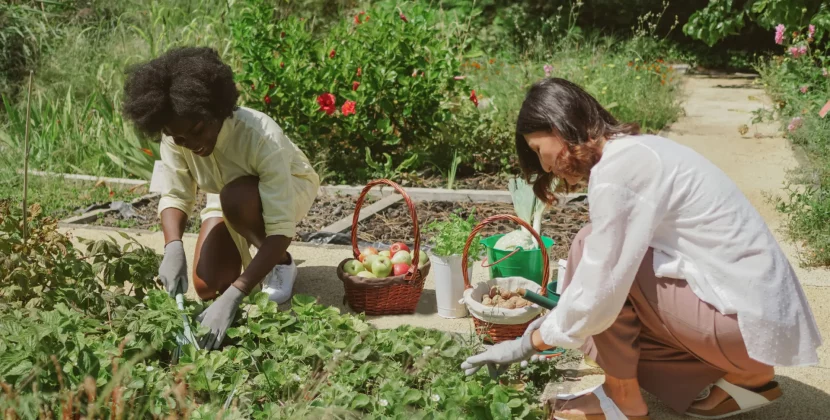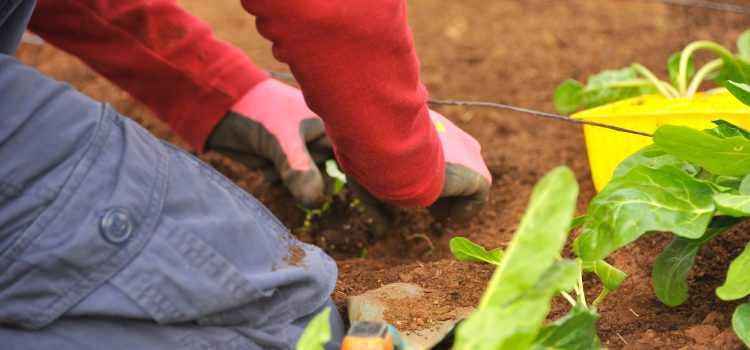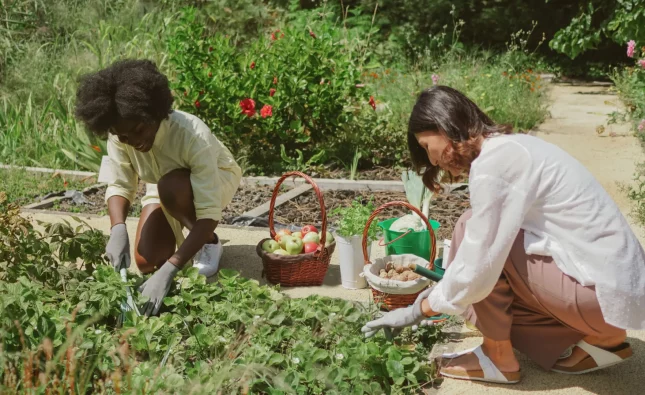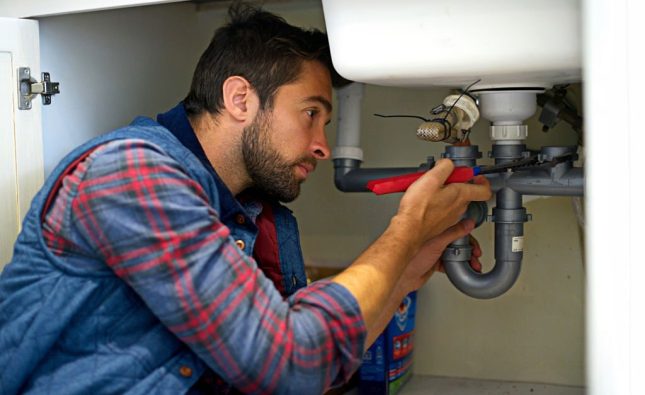
Planting seeds and watching them grow into beautiful plants can be a rewarding and fulfilling experience. Whether you’re a seasoned gardener or a beginner, this guide will provide you with all the information you need to successfully plant and grow seeds.
Choosing the Right Seeds
The first step in planting seeds is choosing the right ones. Consider the climate and soil conditions in your area, as well as the amount of sunlight your garden receives. Some plants require full sun, while others thrive in partial shade. Additionally, consider the purpose of your garden. Are you planting vegetables, herbs, or flowers? Make sure to choose seeds that are appropriate for your needs.
Preparing the Soil
Once you’ve chosen your seeds, it’s time to prepare the soil. Start by removing any weeds or debris from the area where you plan to plant. Then, loosen the soil with a garden fork or tiller. If your soil is heavy or clay-like, consider adding compost or other organic matter to improve drainage and fertility.
Planting the Seeds
When planting seeds, it’s important to follow the instructions on the seed packet. Some seeds need to be planted at a certain depth, while others require specific spacing. Make sure to water the seeds immediately after planting, and keep the soil moist until the seeds germinate.
Caring for Seedlings
Once your seeds have germinated, it’s important to care for the seedlings properly. Make sure they receive enough sunlight and water, and protect them from pests and diseases. As the seedlings grow, thin them out if necessary to prevent overcrowding.
Transplanting Seedlings
When your seedlings have grown large enough, it’s time to transplant them into your garden. Choose a day when the weather is mild and overcast, and make sure to water the seedlings thoroughly before transplanting. Dig a hole that is slightly larger than the root ball of the seedling, and gently place the seedling in the hole. Fill in the hole with soil, and water the seedling again.
Maintaining Your Garden
Once your plants are established, it’s important to maintain your garden properly. Water your plants regularly, and fertilize them as needed. Keep an eye out for pests and diseases, and take action immediately if you notice any problems. Additionally, consider mulching your garden to help retain moisture and prevent weeds.
Harvesting Your Plants
Finally, the most rewarding part of planting seeds is harvesting your plants. Whether you’re harvesting vegetables, herbs, or flowers, make sure to do so at the right time. Vegetables should be harvested when they are ripe, while herbs and flowers should be harvested when they are at their peak.
In conclusion, planting seeds and watching them grow into beautiful plants can be a fun and rewarding experience. By following the steps outlined in this guide, you can successfully plant and grow seeds in your own garden. Remember to choose the right seeds, prepare the soil properly, care for your seedlings, transplant them into your garden, maintain your garden, and harvest your plants at the right time. Happy gardening!










